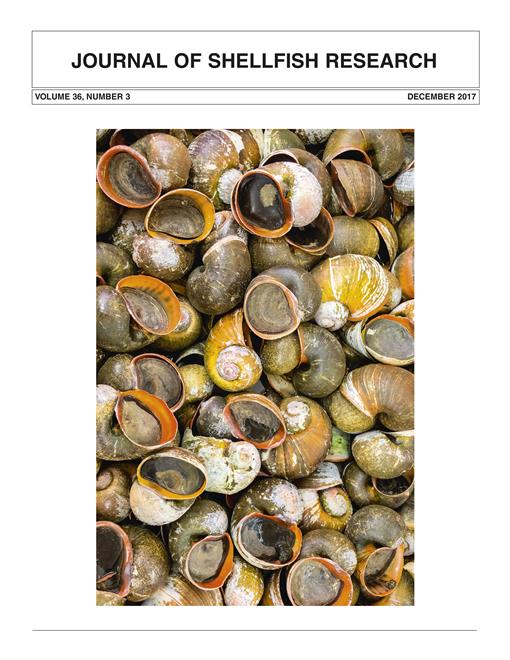The giant clam Tridacna noae is a recently resurrected taxon distinguished from Tridacna maxima on the basis of reproductive isolation, mitochondrial DNA differences, and mantle morphology and ornamentation; however, the morphological characteristics used to distinguish the two species are not consistent with genetic assignment throughout their zone of overlap. This has led to the suggestion that hybridization occurs and constituted a need to reexamine the reproductive isolation of T. noae and T. maxima. This study provides evidence that sympatric populations of T. maxima and T. noae in the center of their range overlap and can hybridize and produce juveniles. Breeding trials using T. maxima and T. noae for both maternal and paternal hybrid crosses were conducted to compare larval and early juvenile development. The fertilization success and survival of both hybrid crosses suggest potential for T. maxima and T. noae hybrids to exist in nature. On this basis, the previously reported reproductive isolation between T. maxima and T. noae may not be apposite across their zone of overlap. Future genetic, population demographic, and ecological studies should consider the possibility of hybridization between T. maxima and T. noae.
How to translate text using browser tools
1 December 2017
Captive Hybridization of the Giant Clams Tridacna maxima (Röding, 1798) and Tridacna noae (Röding, 1798)
Thane A. Militz,
Richard D. Braley,
Paul C. Southgate
ACCESS THE FULL ARTICLE

Journal of Shellfish Research
Vol. 36 • No. 3
December 2017
Vol. 36 • No. 3
December 2017
invertebrate
mariculture
Papua New Guinea
Tridacna maxima
Tridacna noae
tridacnidae




